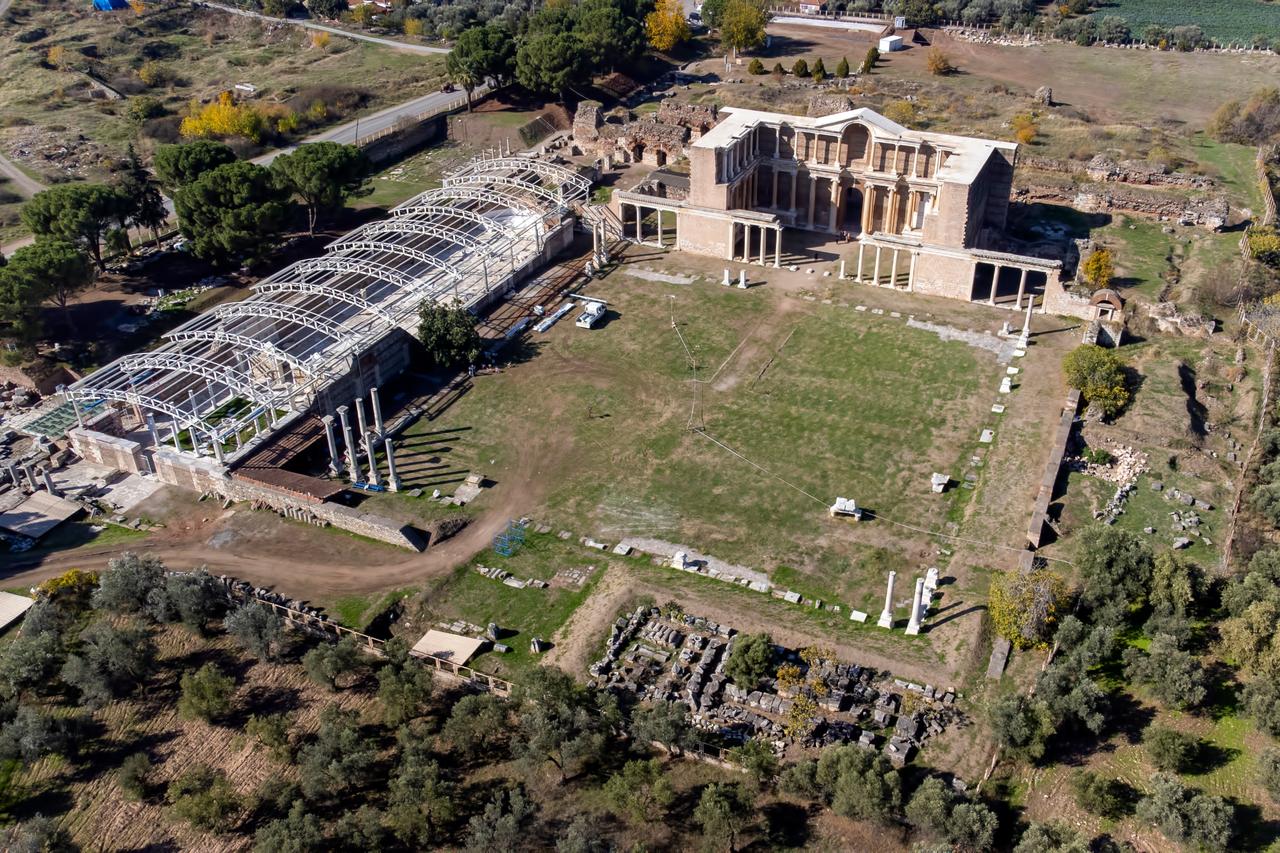
The ancient city of Sardis, once the capital of the Lydian Empire and now part of Türkiye’s UNESCO World Heritage list, continues to yield discoveries through one of the world’s longest-running archaeological collaborations.
For over six decades, the Harvard-Cornell Exploration of Ancient Sardis has been uncovering the layers of a city that once linked the Mediterranean to the Anatolian plateau. The site, located near modern-day Manisa in western Türkiye, offers a continuous historical record stretching from the Bronze Age to the Ottoman era.
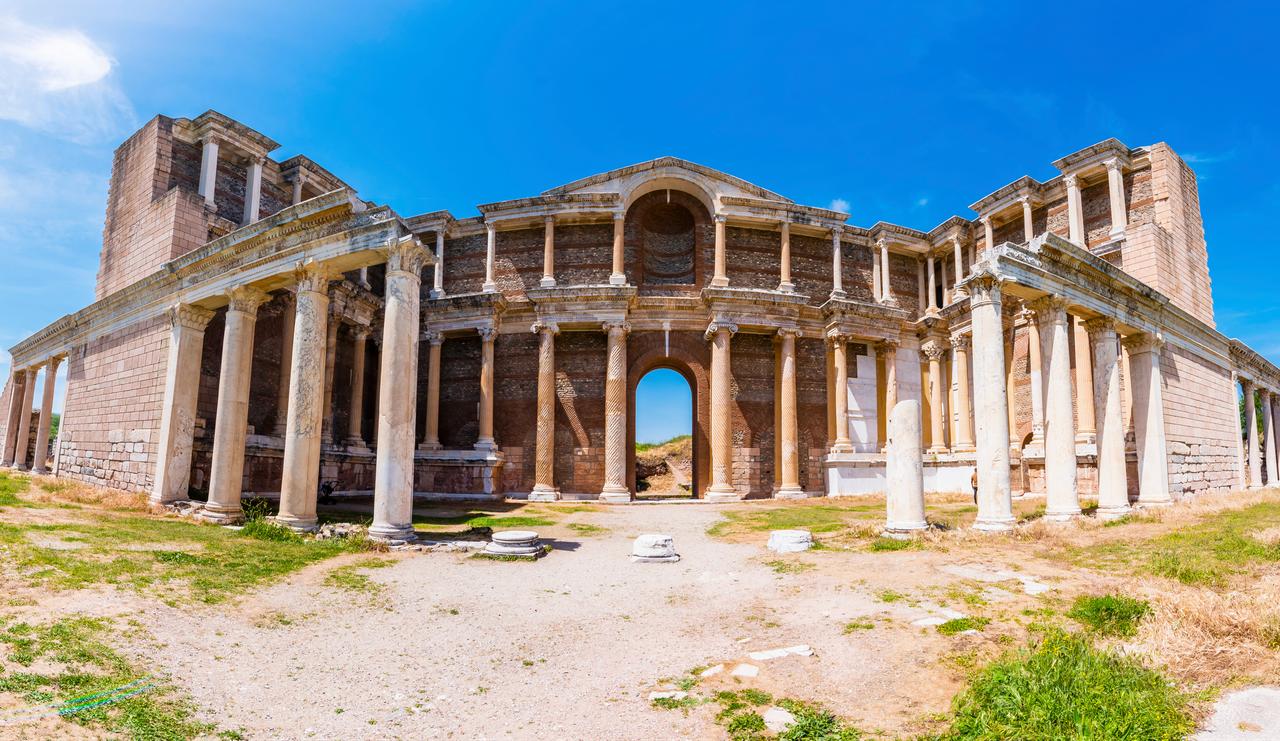
Archaeologists emphasize that the project’s strength lies in its institutional continuity. Benjamin Anderson of Cornell University described Sardis as “one of the few long-term archaeological projects in the region that has generated a critical mass of data.” His current work focuses on the city’s Byzantine acropolis, tracing how Sardis evolved after Roman times.
This enduring commitment was recognized recently when UNESCO inscribed Sardis on its World Heritage list—an acknowledgment not only of its ancient significance but also of the collaboration’s sustained contribution to global heritage.
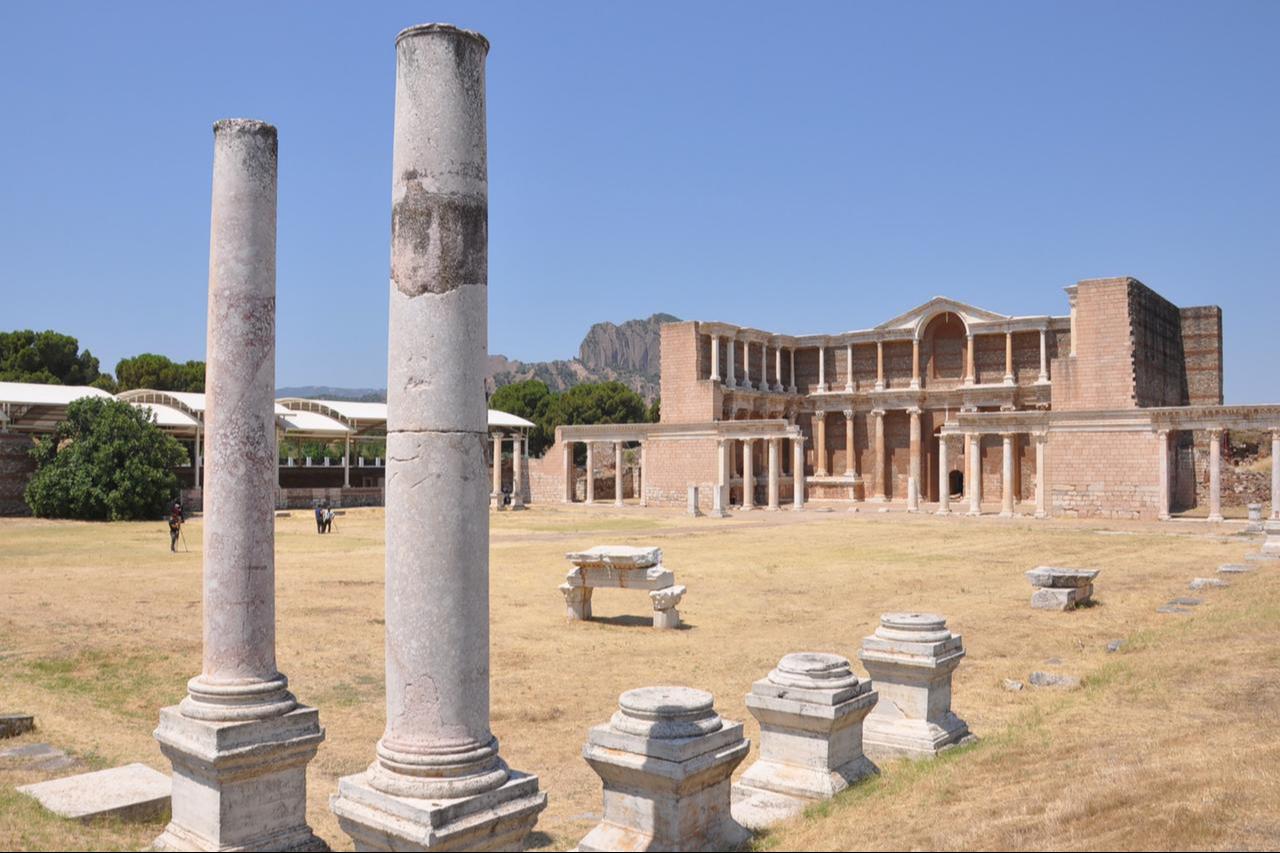
Sardis was once the capital of the Iron Age kingdom of Lydia, famous for inventing coinage and ruled by the legendary King Croesus, remembered for his immense wealth. The city later came under Persian, Hellenistic, Roman, Byzantine, and Ottoman rule, reflecting centuries of cultural exchange between East and West.
Annetta Alexandridis of Cornell noted that because Sardis was never buried under a modern city, it preserves a rare, uninterrupted timeline. However, this continuity also makes excavations challenging, as different layers often overlap. Her current research examines Roman-era cemeteries to better understand how funerary practices evolved, building on earlier work at the nearby Bin Tepe burial mounds—among the largest in the ancient world.
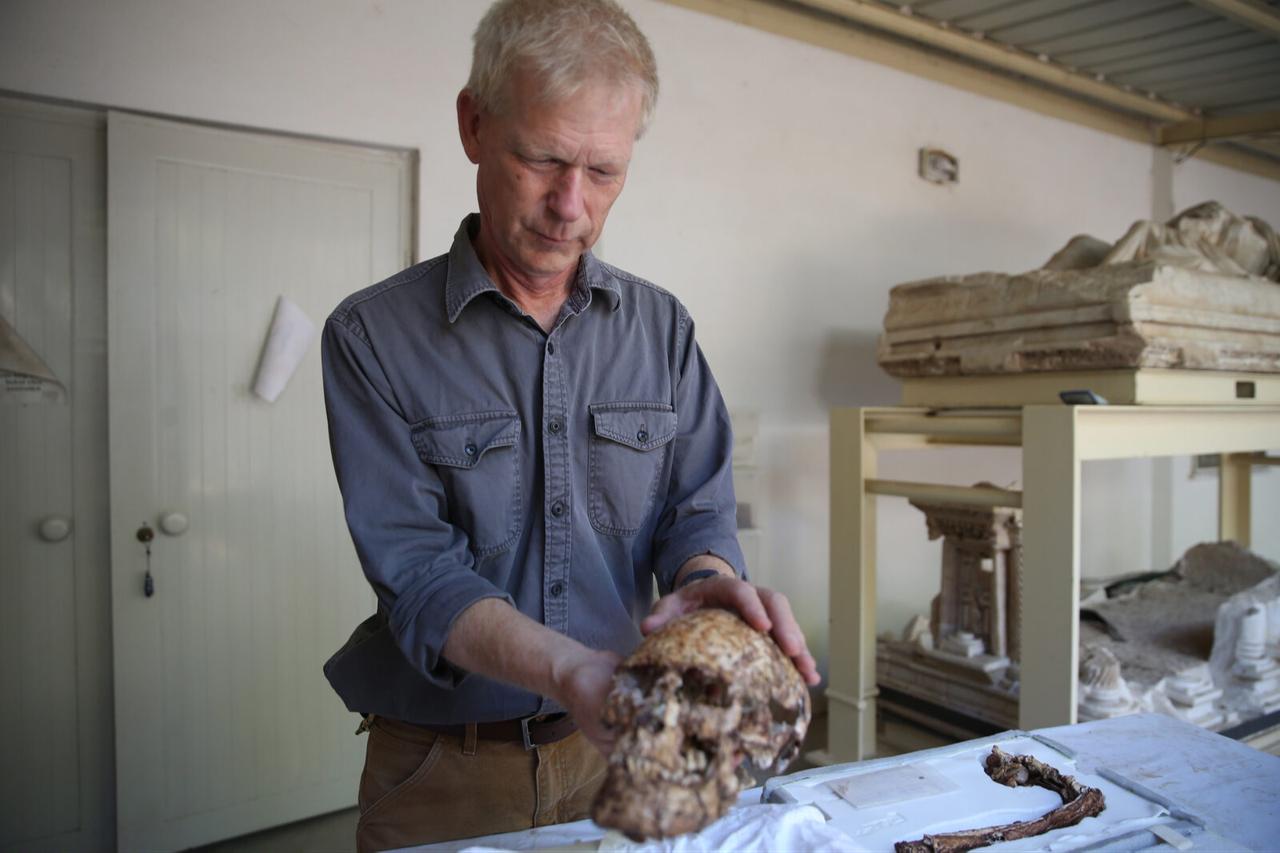
Sardis played a pioneering role in early American archaeology. The city’s first modern excavation, launched in the early 1900s by the American Society for the Excavation of Sardis, produced significant finds but also controversy. Many artifacts were damaged or taken abroad, including a monumental column now displayed at the Metropolitan Museum of Art in New York. Over the decades, several objects have been repatriated to Türkiye, marking one of the earliest cases of cultural restitution in modern archaeology.
When Harvard and Cornell renewed excavations in 1958 under George M.A. Hanfmann and Henry Detweiler, they emphasized documentation, preservation, and public engagement—principles that remain at the project’s core. Their reconstruction of the monumental bath-gymnasium complex and the world’s largest known ancient synagogue became benchmarks for heritage restoration worldwide.
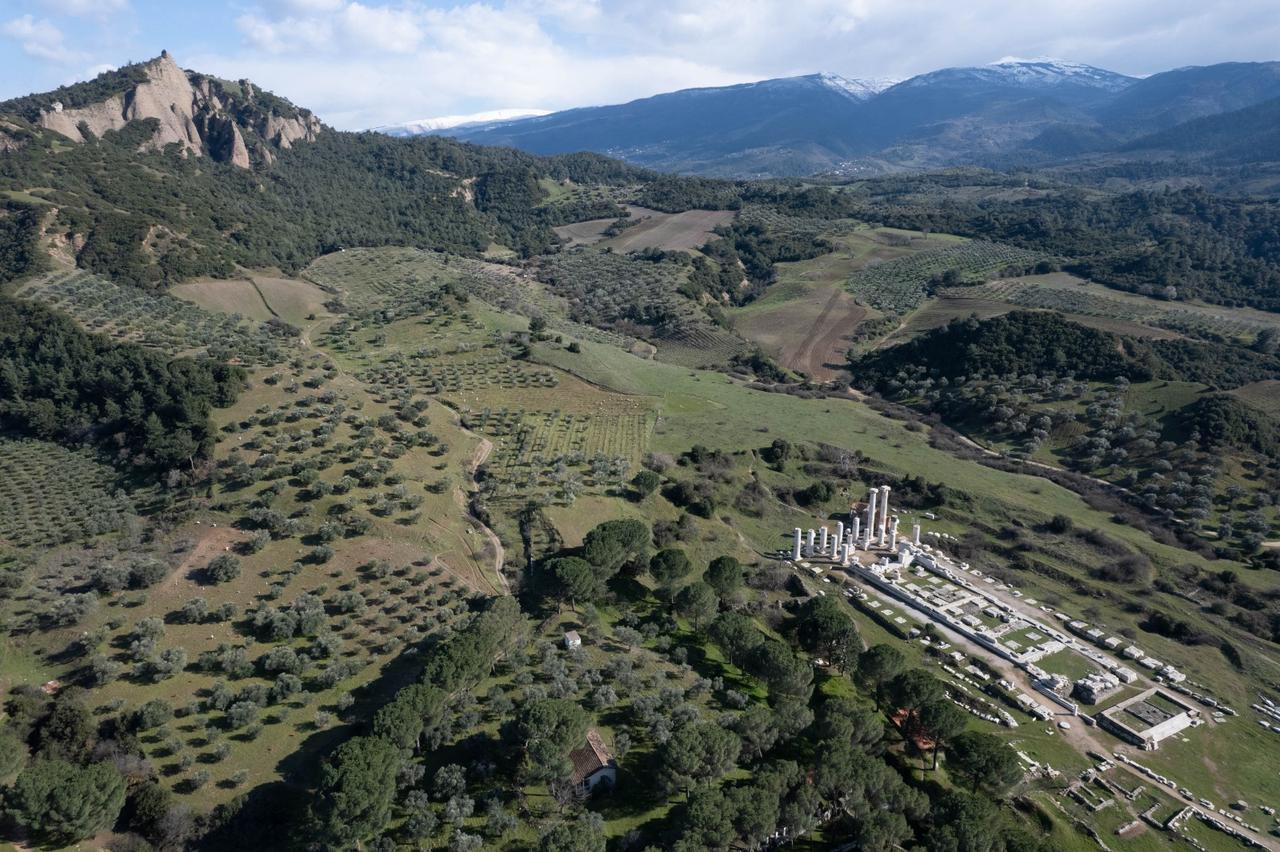
Subsequent decades revealed city walls, acropolis structures, Persian-era refuse pits, a gold refinery, a Roman shopping district, and most recently, a sanctuary plaza that required 15 years of excavation. Today, the Harvard Art Museums coordinate the project with Turkish institutions and universities including Wisconsin–Madison and California–Berkeley.
Cornell now sends students each summer for ten weeks of fieldwork. They classify thousands of ceramic fragments, supervise excavation trenches, and document findings under the guidance of senior archaeologists. Because Sardis lies on a plain of silt, trenches sometimes reach depths of 12 meters, making the process both meticulous and physically demanding.
Local participation has become essential. Increasingly, women from the Sardis region work in excavation and conservation roles. Among them is doctoral student Leyla Ugurer, who grew up nearby and now studies at Cornell under Alexandridis’s supervision. “You were raised there, so you have the same culture going on in you and around you,” she said. “To be familiar with those archaeological works also helps you understand their importance more deeply.”
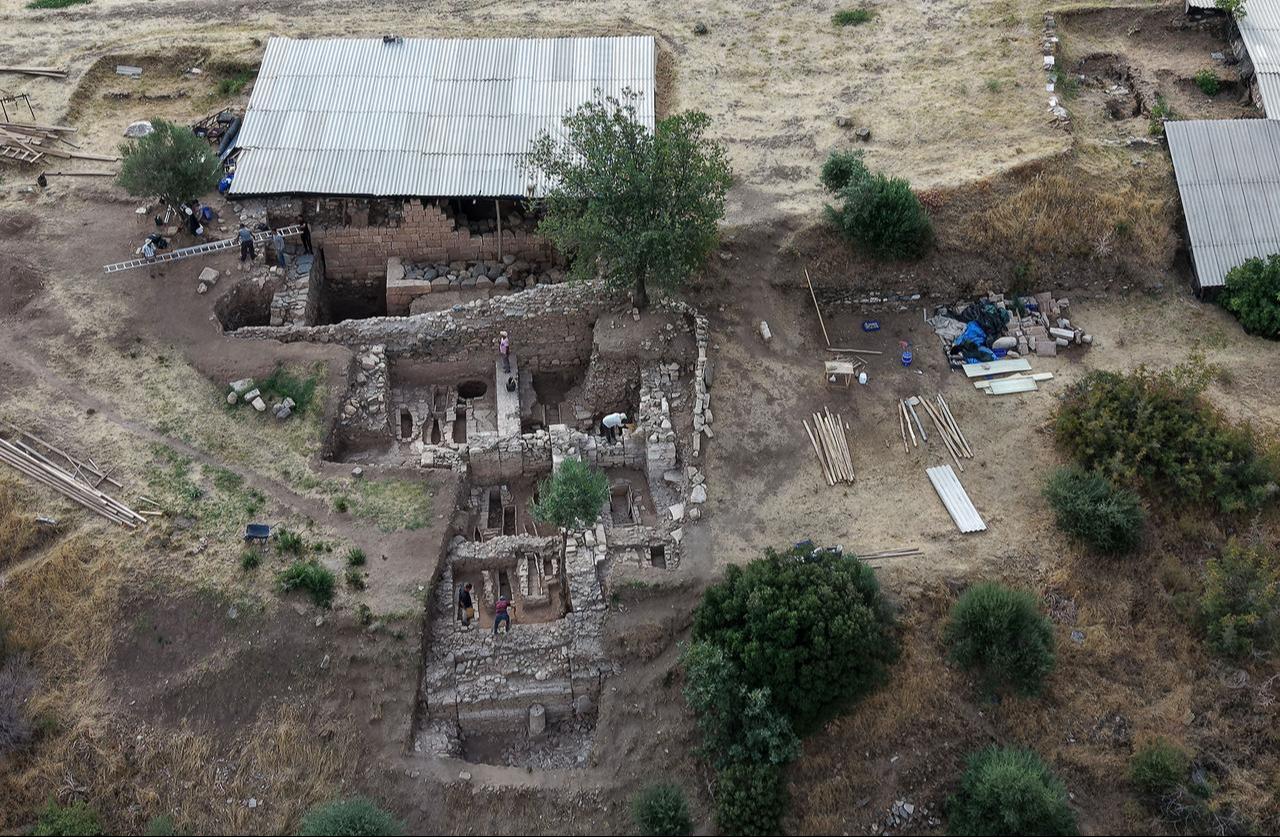
While UNESCO recognition brings prestige and visibility, it also highlights the need for stronger protection. Sardis’s topography and surrounding tumuli—burial mounds—remain vulnerable to erosion, agriculture, and looting. Illegal digs have become industrial in scale, with looters even using explosives and heavy machinery.
Despite these threats, archaeologists view Sardis as an ongoing story. Each discovery connects scattered fragments of a long-lost world. “The pieces start to add up,” Anderson said, emphasizing that decades of patient work are what make true understanding possible.